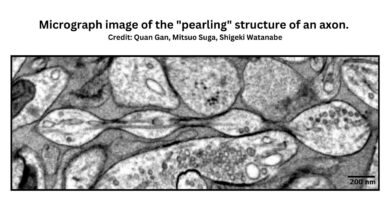The oldest human ancestor in the world contains alien DNA!
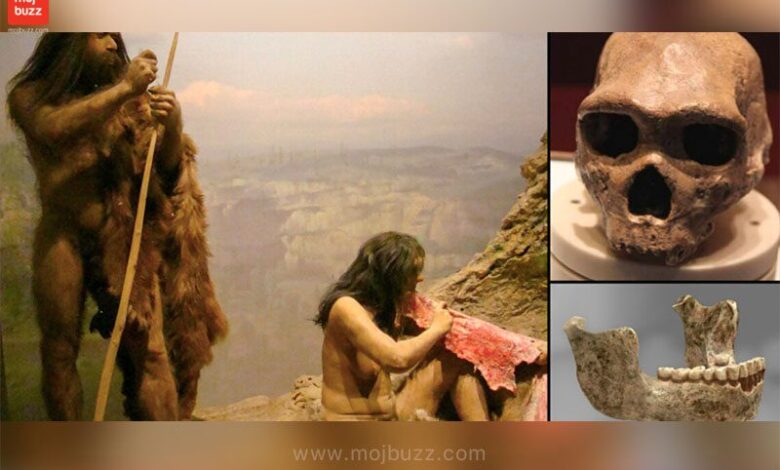
A 400,000-year-old thigh bone included one of the world’s oldest samples of human DNA, which had proof of an unidentified species with Alien DNA. The DNA of these ancient human forebears reveals a complex path of evolution in the genesis of Neanderthals and contemporary humans. Although the bone is human, it has “ALIEN DNA.” This astounding discovery has caused scientists to reevaluate everything they believe to be true about human evolution.
The bones from which the 400,000-year-old genetic material was discovered in Spain have been attributed to Neanderthals, but the Denisovans, a different ancient human group from Siberia, have a genetic profile that is strikingly similar.
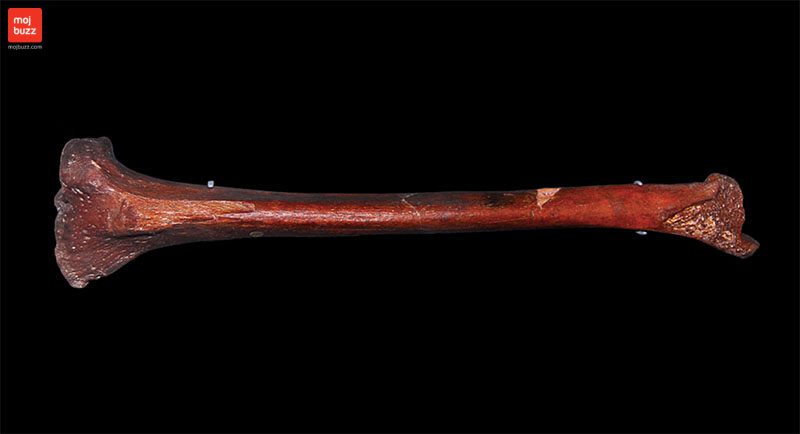
A difficult-to-reach cave chamber located about 100 feet (30 meters) below the surface in northern Spain has yielded more than 6,000 human remains, which roughly correspond to 28 individuals. The consistent cold temperature and high humidity of the undisturbed cave contributed to the fossils’ apparent exceptional preservation.
Two of our extinct related species appear to have an “unexpected relationship,” according to the experts who conducted the examination. This discovery may provide answers about other enigmatic populations who existed in the Pleistocene era, not just the early humans that resided in the cave system known as Sima de los Huesos (Spanish for “Pit of Bones”)
Also Read: Top 10 New Technology Trends in 2023
The Sima de los Huesos people were believed to be closely connected to Neanderthals based on previous examination of the skeletal remains from the cave. The Denisovans, an early human species that are assumed to have diverged from Neanderthals some 640,000 years ago, had mitochondrial DNA that was, however, much more comparable to that of their ancestors.
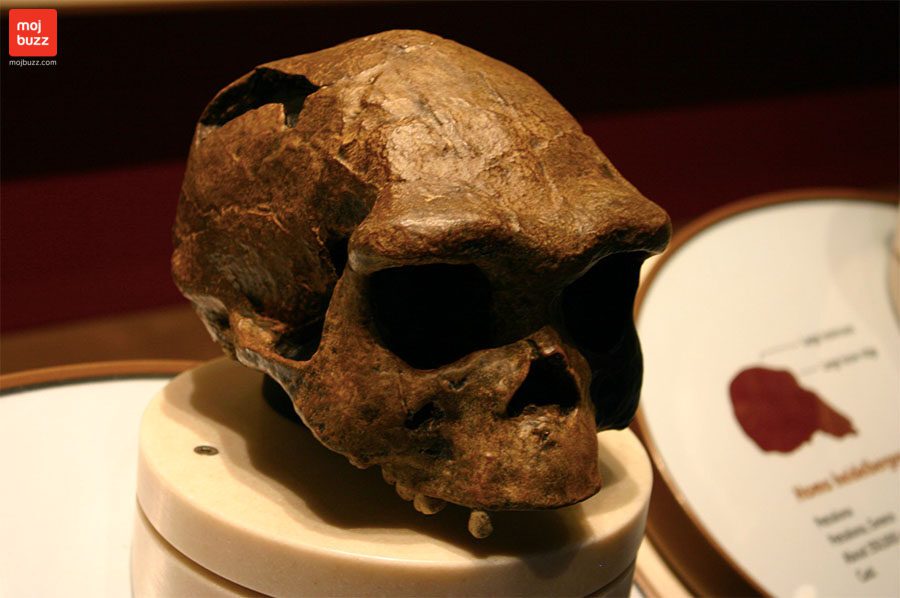
Further research revealed that 1% of the Denisovan genome originated from a different, mystery relative that experts have termed “super-archaic human.” According to estimates, some modern humans may possess 15% of these “super-archaic” gene regions. This study establishes a tight relationship between the Sima de los Huesos people and Neanderthals, Denisovans, and an unidentified population of early humans. So, who would this unidentified ancestor of humans be?
Homo erectus, an extinct predecessor of modern humans that lived in Africa around one million years ago, could be a contender. The issue is that we have never discovered any H. erectus DNA, so at this time, the most we can do is speculate.
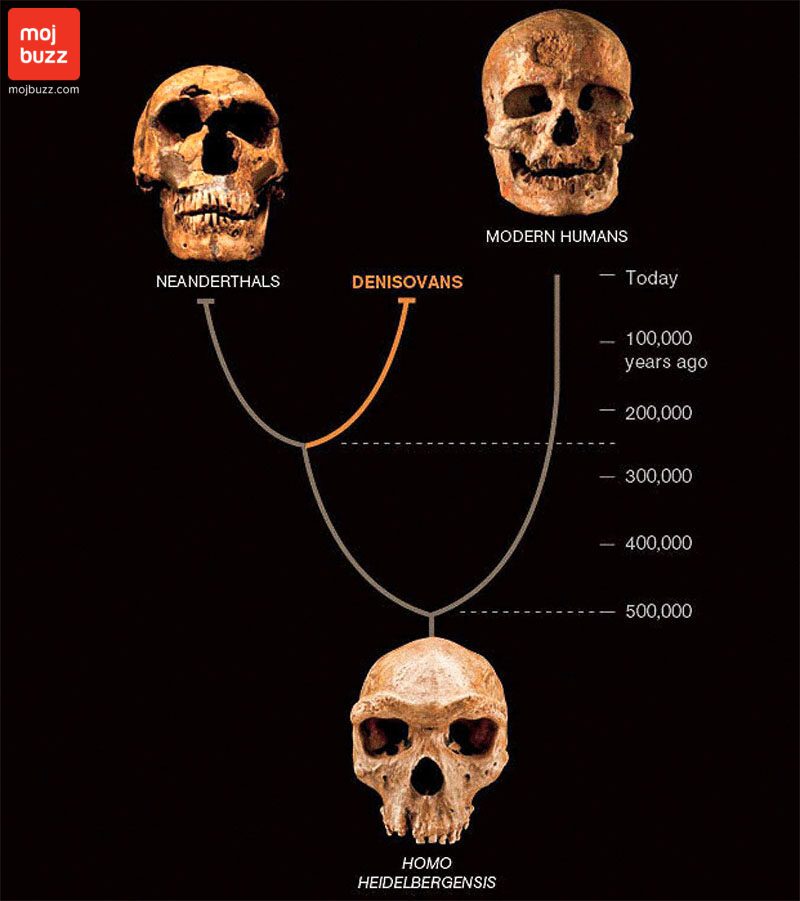
However, some theorists have advanced some extremely intriguing ideas. The so-called 97 percent of non-coding sequences in human DNA, according to this argument, are nothing less than the genetic code for extraterrestrial life forms.
They contend that some form of highly developed extraterrestrial race deliberately altered human DNA in the distant past, and the unidentified “super-archaic” ancestor of the Sima de los Huesos people may serve as proof of this induced development.
Also Read: We finally know why it’s stormy so much more in the southern half of the Earth
Whatever the case, whether it be an extraterrestrial connection or a previously undiscovered human species, the findings simply complicate the evolution of the modern human; it’s feasible that there may have been many more populations involved. They have existed (inside us) for millions of years and are enigmatic, secret, and real.
Click here to go to the Homepage
Keep Tuned with mojbuzz.com for more Entertainment




